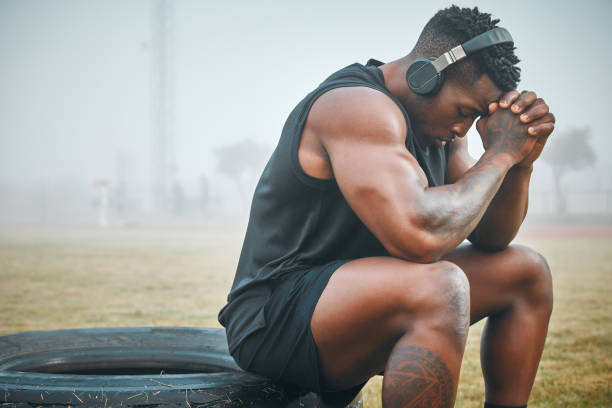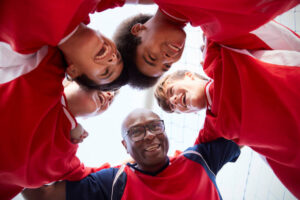Introduction
Confidence and self-esteem are crucial components of a young person’s development. These qualities shape how they perceive themselves and interact with the world around them. Fostering confidence and self-esteem during childhood and adolescence is vital for mental health, social development, and overall well-being. One powerful way to enhance these traits is through regular exercise. Engaging in physical activity not only improves physical health but also significantly boosts confidence and self-esteem. This article explores the role of exercise in building these essential qualities in young people.
1. Understanding Confidence and Self-Esteem

Definitions of Confidence and Self-Esteem
Confidence is the belief in one’s abilities and judgment. It involves trusting oneself to handle different situations and challenges. Self-esteem, on the other hand, is the overall sense of self-worth. It’s about valuing oneself and feeling worthy of love and respect. Both confidence and self-esteem are critical for personal development and mental health.
Difference Between Confidence and Self-Esteem
While confidence is about trusting in one’s capabilities, self-esteem is about how one values themselves as a person. A young person can be confident in certain skills (like academics or sports) but still struggle with overall self-esteem if they don’t feel worthy or valued.
Importance of These Traits in Personal Development and Mental Health
High levels of confidence and self-esteem are linked to better mental health, improved academic performance, and healthier social relationships. Young people with these traits are more likely to take on new challenges, persevere through difficulties, and interact positively with others.
2. The Psychological Benefits of Exercise
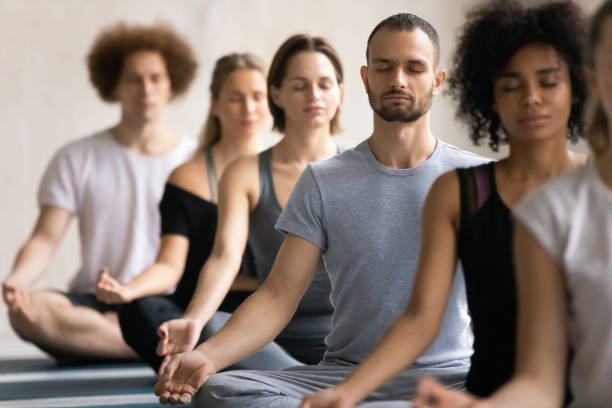
Exercise and the Release of Endorphins
Exercise triggers the release of endorphins, often referred to as the body’s “feel-good” hormones. These chemicals reduce pain and enhance mood, leading to feelings of happiness and euphoria. Regular physical activity can help maintain a positive mental state.
How Physical Activity Reduces Stress and Anxiety
Engaging in exercise can significantly reduce stress and anxiety levels. Physical activity lowers the body’s stress hormones, such as cortisol, and stimulates the production of endorphins, which act as natural stress relievers. This can lead to a more relaxed and calm state of mind.
The Link Between Regular Exercise and Improved Mood
Regular exercise has been shown to alleviate symptoms of depression and anxiety. It promotes better sleep, increases energy levels, and enhances overall mood. These psychological benefits contribute to a more positive outlook on life and higher self-esteem.
3. Physical Health and Body Image
The Impact of Exercise on Physical Health and Fitness
Regular physical activity helps young people maintain a healthy weight, build strong muscles and bones, and improve cardiovascular health. These physical benefits contribute to a healthier body image and increased confidence in one’s appearance.
How Exercise Helps in Maintaining a Healthy Weight and Body Composition
Exercise, combined with a balanced diet, is essential for managing weight and body composition. It helps burn calories, build lean muscle mass, and reduce excess body fat. Achieving and maintaining a healthy weight can enhance self-esteem and body confidence.
Positive Body Image and Its Influence on Self-Esteem
A positive body image is closely linked to high self-esteem. When young people feel good about their bodies, they are more likely to have a positive self-perception. Exercise helps improve body image by promoting physical health and fostering a sense of accomplishment.
4. Setting and Achieving Goals

The Role of Goal Setting in Exercise Routines
Setting goals in exercise routines provides young people with a sense of direction and purpose. Goals can be related to improving fitness, learning new skills, or achieving specific milestones. This process helps build motivation and commitment.
How Achieving Fitness Goals Builds Confidence
Achieving fitness goals, whether big or small, boosts confidence. It reinforces the belief in one’s abilities and creates a sense of pride and accomplishment. Each success, no matter how minor, contributes to building self-confidence.
Examples of Realistic and Attainable Fitness Goals for Young People
Examples of fitness goals for young people include running a mile without stopping, mastering a new dance routine, or improving personal best times in swimming. These goals should be realistic and attainable to ensure they are achievable and provide a confidence boost.
5. Social Interaction and Teamwork
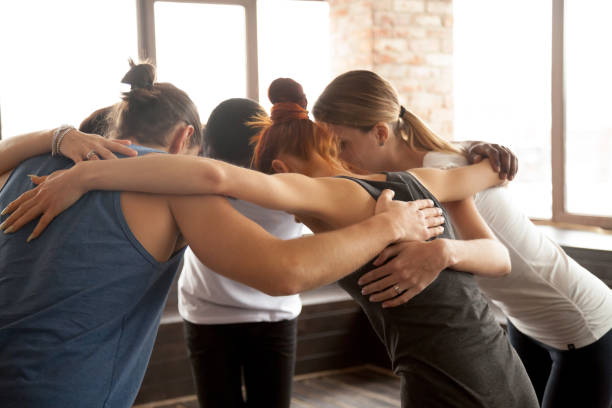
Exercise as a Social Activity
Exercise often involves social interaction, whether through team sports, group classes, or simply working out with friends. These social experiences can enhance self-esteem by fostering a sense of belonging and community.
The Benefits of Participating in Team Sports and Group Fitness Classes
Team sports and group fitness classes teach young people valuable social skills, such as cooperation, communication, and teamwork. They also provide opportunities to make new friends and build social networks, which are crucial for self-esteem.
Building Friendships and Social Skills Through Physical Activity
Participating in physical activities with peers helps young people build friendships and develop social skills. These interactions promote a sense of inclusion and support, which are vital for confidence and self-esteem.
6. Developing Skills and Mastery
Learning New Skills Through Different Forms of Exercise
Different forms of exercise provide opportunities to learn new skills, whether it’s dribbling a basketball, performing a dance routine, or mastering a yoga pose. Learning and improving these skills contribute to a sense of competence and self-efficacy.
The Concept of Mastery and Its Impact on Self-Confidence
Mastery involves becoming proficient in a particular skill or activity. Achieving mastery boosts self-confidence because it demonstrates the ability to overcome challenges and improve through practice and effort.
Encouraging Young People to Try Various Activities to Find Their Strengths
Encourage young people to explore different physical activities to discover their interests and strengths. This exploration helps them find activities they enjoy and are good at, further boosting their confidence and self-esteem.
7. Overcoming Challenges and Building Resilience
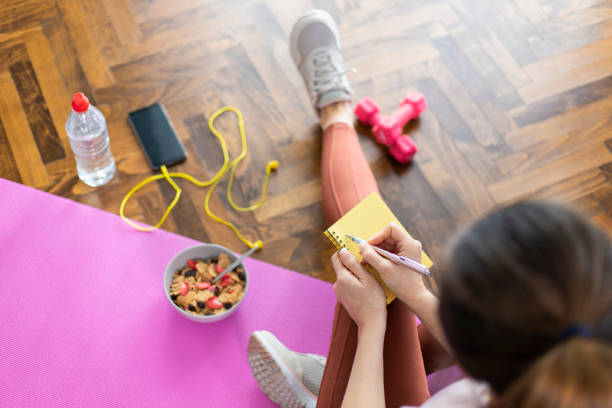
Facing and Overcoming Physical Challenges in Exercise
Exercise often involves facing physical challenges, such as lifting heavier weights, running longer distances, or improving performance. Overcoming these challenges teaches resilience and perseverance.
How Overcoming Obstacles Builds Mental Toughness and Resilience
Successfully overcoming obstacles in physical activity builds mental toughness. It teaches young people that they can handle difficulties and bounce back from setbacks, which is crucial for developing resilience.
The Transfer of Resilience From Physical Activity to Other Areas of Life
The resilience and perseverance developed through exercise can transfer to other areas of life, such as academics, personal relationships, and future career challenges. This cross-application enhances overall confidence and self-esteem.
8. Positive Reinforcement and Encouragement
The Role of Positive Reinforcement in Building Self-Esteem
Positive reinforcement, such as praise and rewards, plays a significant role in building self-esteem. Acknowledging achievements, no matter how small, encourages young people to continue striving for success.
Encouraging Words and Support From Parents, Coaches, and Peers
Supportive words and encouragement from parents, coaches, and peers can significantly boost confidence. Positive feedback and constructive criticism help young people feel valued and motivated.
Celebrating Achievements and Progress in Fitness
Celebrate milestones and progress in fitness to reinforce positive behavior and boost self-esteem. Whether it’s completing a race, mastering a new skill, or simply sticking to a routine, recognizing these achievements fosters a sense of accomplishment.
9. Consistency and Routine
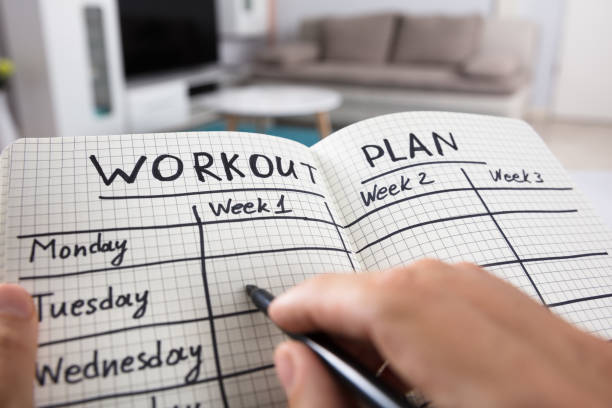
The Importance of Consistency in Exercise Routines
Consistency is key to seeing the benefits of exercise. Regular physical activity helps establish a routine, providing structure and stability in a young person’s life.
How Regular Exercise Creates a Sense of Stability and Control
Having a consistent exercise routine creates a sense of stability and control. It gives young people something to look forward to and rely on, which can be particularly reassuring during times of change or uncertainty.
Developing a Healthy Routine That Supports Confidence and Self-Esteem
Encourage young people to develop a balanced routine that includes regular exercise, healthy eating, and sufficient rest. A well-rounded routine supports overall well-being and reinforces positive habits that build confidence and self-esteem.
10. Case Studies and Success Stories
Real-Life Examples of Young People Who Have Built Confidence Through Exercise
Case Study 1: Mia’s Journey Through Dance
Mia, Age 12 Mia was a shy and introverted 12-year-old who struggled with self-esteem issues. Her parents encouraged her to join a local dance class to help her become more active and social. Initially hesitant, Mia soon found joy in dancing. Over time, she mastered various dance routines and even performed in front of large audiences during school events. This experience not only improved her physical fitness but also significantly boosted her confidence. Mia began to believe in her abilities and enjoyed the camaraderie of her dance group. Her self-esteem flourished as she received praise from her peers and instructors, and she started to carry this newfound confidence into other areas of her life, such as her academics and social interactions.
Case Study 2: Jake’s Transformation Through Team Sports
Jake, Age 14 Jake was always interested in sports but never had the opportunity to play on a team due to his family’s busy schedule. At the age of 14, he decided to try out for his school’s soccer team. Initially, Jake struggled to keep up with more experienced players, but he remained dedicated to improving his skills. With consistent practice and support from his coach and teammates, Jake’s abilities grew rapidly. He eventually became a key player on the team, known for his defensive skills. This achievement gave Jake a sense of belonging and accomplishment. The discipline and teamwork he learned on the field translated to improved performance in school and greater confidence in social settings.
Case Study 3: Emma’s Empowerment Through Martial Arts
Emma, Age 10 Emma was a 10-year-old girl who often felt insecure and struggled with bullying at school. Her parents enrolled her in a local karate class to help her build self-defense skills and confidence. Through martial arts, Emma learned discipline, focus, and perseverance. As she progressed through the belt ranks, she gained a strong sense of achievement. The support and encouragement from her karate instructors and peers helped Emma believe in her abilities. Her newfound confidence helped her stand up to bullies and make new friends. Emma’s self-esteem soared as she realized her inner strength and resilience.
Case Study 4: Liam’s Boost Through Running
Liam, Age 16 Liam was a quiet teenager who often felt overlooked and struggled with low self-esteem. He discovered a passion for running after joining his school’s track and field team. Running gave Liam a sense of purpose and allowed him to set personal goals. He started with small milestones, like running a mile without stopping, and gradually built up to longer distances. Achieving these goals provided Liam with a tremendous confidence boost. He began participating in local races and even won a few medals. The sense of accomplishment from his running achievements spilled over into other areas of his life, improving his academic performance and social interactions.
Case Study 5: Sophia’s Confidence Through Swimming
Sophia, Age 13 Sophia was always interested in swimming but was too self-conscious to join a team. Encouraged by her parents, she eventually signed up for a swim club. The structured practice sessions and supportive environment helped Sophia improve her swimming skills rapidly. Competing in swim meets and seeing her times improve gave Sophia a great sense of pride and confidence. The positive feedback from her coaches and teammates reinforced her self-belief. As her swimming abilities grew, so did her willingness to take on new challenges in school and other extracurricular activities. Sophia’s experience with swimming transformed her self-perception and boosted her overall self-esteem.
These real-life examples illustrate how exercise can profoundly impact young people’s confidence and self-esteem. Each story highlights the importance of finding an activity that resonates with the individual and the positive outcomes that result from dedication, support, and perseverance in physical pursuits.
Conclusion
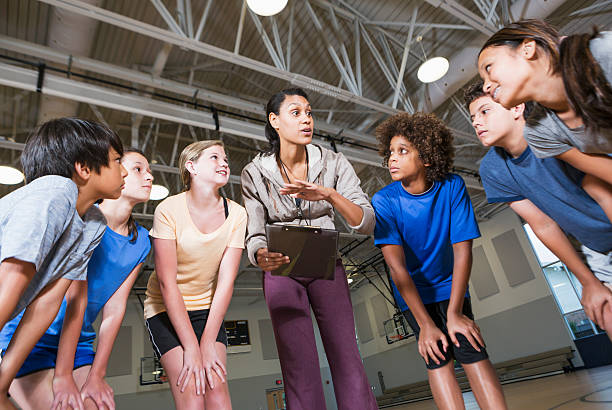
Exercise plays a vital role in building confidence and self-esteem in young people. It enhances physical health, promotes positive body image, encourages social interaction, and teaches resilience. By fostering an active lifestyle and supporting young people in their fitness endeavors, parents and caregivers can help them develop the confidence and self-esteem needed to thrive. Encouraging regular physical activity, celebrating achievements, and providing positive reinforcement will create a supportive environment where young people can grow into confident and self-assured individuals.

